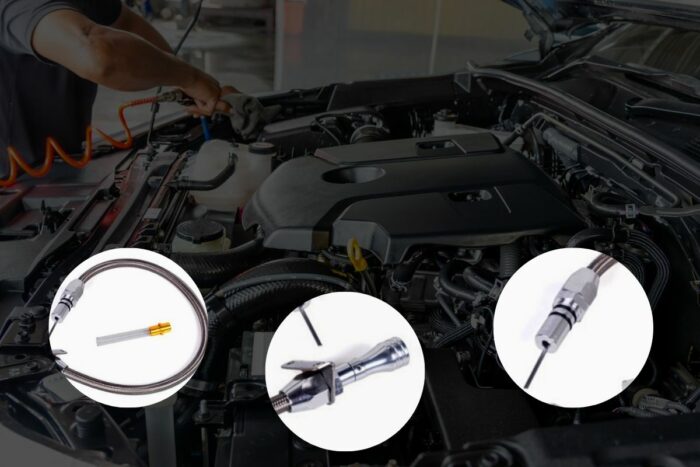Transmission pipes, also referred to as tranny tube, are crucial elements in various mechanical structures, particularly within the automotive industry. To ensure your vehicle operates at its peak, it’s important to understand what a tranny tube is, how it functions, and how to select the most suitable one for your situation. In this article, we will explore the basic principles of tranny tubes, their functions, and provide advice on how to pick the most appropriate one for your vehicle.
What is a Tranny Tube?
A component known as a Tranny Tube in a vehicle’s transmission system is responsible for circulating fluid among different parts of the transmission. Typically designed to withstand the heat and pressure associated with transmission fluid, it is made from durable substances such as steel or aluminum.
Tranny Tube Functions
- Transmission fluid Tranny tubes facilitate seamless flow of the transmission fluid throughout various components of the transmission system. This fluid is vital for the transmission’s effective functioning, as it provides cooling and lubrication.
- Heat Management: Transmission Tranny Tube assist in the release of heat produced by the operation of transmission fluid, which tends to become hot. It is critical to prevent excessive heat build-up to fend off early deterioration and harm. Effective removal of heat ensures this is accomplished.
- Lubrication Transmission Tubes reduce wear and friction by evenly spreading transmission fluid across the moving parts within the transmission. The durability and performance of the transmission system rely on adequate lubrication.
How to Use Tranny Tubes
- Periodic checks are essential to identify signs of deterioration, such as wear, rust, or fluid leakage in the transmission lines. It is crucial to address these issues promptly to prevent damage to the transmission system.
- Monitor Fluid Level: It’s crucial to maintain the correct amount of fluid for the transmission to function properly. Periodically use the dipstick to verify the fluid amount and replenish it when needed.
Check the condition and type of the transmission fluid to ensure it’s appropriate and in good shape. Problems with how the transmission operates may be due to fluid that’s dirty or has deteriorated.
Choosing the Right Transmission Tube
- Tranny Tube are commonly crafted from steel or aluminum, with the choice between the two materials being influenced by the specific requirements of the vehicle and its transmission system. While aluminum tubes offer the advantage of being lightweight and resistant to corrosion, steel tubes boast greater durability.
- Transmission tubes come in various sizes and lengths. It’s crucial to choose the right size and length to ensure optimal fluid movement and a proper fit within the gearbox. Check the vehicle’s specifications or consult a professional for guidance.
- Replacement Tranny tubes from third-party manufacturers, as opposed to those from the Original Equipment Manufacturers (OEMs), are produced to meet the vehicle maker’s stipulated standards. While aftermarket alternatives might be more cost-effective, it’s important to select them with caution to ensure they are both high in quality and compatible with the vehicle.
Conclusion
Selecting the right Tranny Tube for your vehicle and understanding how to use it is essential for maintaining a healthy transmission system. The correct choice of Tranny Tube, consistent upkeep, and ensuring proper fluid levels contribute to the optimal performance and longevity of your car. If you’re unsure, it’s best to consult with a professional mechanic who can provide guidance on selecting and installing transmission tubes that best match your specific needs.








